
Ever walk past a vacant storefront and a memory flashes through your mind? That feeling of nostalgia, a sudden wave of ‘OMG, I remember that place!’ It’s a universal experience for anyone who’s ever loved a good shopping trip. The retail landscape is ever-changing, with some once-iconic brands disappearing entirely, leaving behind memories of simpler times and incredible finds.
Whether they were your go-to for fashion, electronics, or entertainment, these stores left an indelible mark on our collective consciousness. They weren’t just places to buy things; they were destinations, hangouts, and, for many of us, integral parts of our youth. From the thrill of a new CD to the joy of finding the perfect toy, these establishments shaped our consumer culture.
Today, we’re taking a deep dive into the vault of retail history, revisiting 15 beloved retailers that have since shuttered or drastically transformed their business models. Get ready for a serious trip down memory lane as we explore the stories of these legends and why we still miss them so much. Let’s embark on a nostalgic journey through shopping history!
1. **Blockbuster**Remember those Friday nights? The family piled into the car, a collective buzz of excitement building as you headed to the local Blockbuster. It was more than just a video store; it was a ritual, a social hub where you could wander aisles for what felt like hours, debating between the latest releases and beloved classics. For an entire generation, Blockbuster was the undisputed king of video rentals, a true titan of home entertainment.
In the 1990s and early 2000s, Blockbuster dominated the industry, boasting “over 9,000 stores worldwide.” Its blue and yellow façade was a familiar sight in nearly every town, and its sheer presence defined movie night for millions. The company’s widespread availability and vast selection of VHS tapes and later DVDs made it an essential part of weekend plans and family gatherings. There was a unique thrill in discovering a new film or revisiting an old favorite directly from their shelves.
However, the entertainment landscape was shifting rapidly. The rise of streaming services, offering instant access to content from the comfort of your couch, proved to be an insurmountable challenge. Blockbuster failed to adapt quickly enough to these changing consumer habits, and its once-unbeatable business model began to crumble under the weight of late fees and a slow transition to digital. The company, once a symbol of cinematic choice, filed for bankruptcy in 2010.
Its demise was a poignant moment for many, signaling the end of an era. By 2013, almost all its stores had closed, leaving a significant void in local communities. Today, only one Blockbuster store remains, an independent franchise in Bend, Oregon, “serving as a nostalgic relic of a bygone era” and a beloved anachronism that reminds us of movie nights past and the days when choosing a film involved a physical trip.
Read more about: When the Red Carpet Rolled Out Chaos: 14 Unforgettable Award Show Moments That Blew Our Minds
2. **Toys “R” Us**For generations of children, Toys “R” Us was synonymous with magic. The iconic Geoffrey the Giraffe, the towering shelves filled with every imaginable toy, the sheer boundless joy of running through those aisles — it was “the ultimate destination for kids” and a pilgrimage site for birthdays and holidays. Parents would brave the crowds, knowing that within those walls lay the power to spark imagination and create unforgettable childhood memories. Toys “R” Us truly built itself into the fabric of growing up.
The brand’s expansive inventory and dedicated focus on toys made it a dominant force in retail for decades. It was a place where dreams were made real, where the latest action figures, dolls, and board games awaited eager hands. The company’s success was built on creating a unique, immersive shopping experience that other general merchandise stores simply couldn’t replicate. It was a haven for play, a celebration of childhood, and a trusted name for families across America.
Despite its immense popularity, Toys “R” Us faced mounting financial struggles. A combination of significant debt and “the rise of e-commerce led to its bankruptcy in 2017.” The company struggled to compete with online prices and the convenience of home delivery, leading to its heartbreaking closure of U.S. stores. This sent shockwaves through communities and left countless children and adults alike with a profound sense of loss.
But here’s a glimmer of hope for our inner child! While the majority of its iconic stores remained shuttered, “Toys “R” Us… is making a comeback.” The company “plans to open 24 new flagship stores across the country in 2024, along with locations in airports and on cruise ships.” This exciting revival aims to recreate the magical toy shopping experience for a new generation, proving that some legends truly never die.
Read more about: Don’t Get Fooled: 13 Supermarket ‘Deals’ You Might Want to Skip for Better Quality & Savings

3. **RadioShack**If you were a budding electronics enthusiast, a hobbyist, or just someone who needed a specific obscure adapter, RadioShack was your paradise. Once a vibrant “hub for DIY electronics enthusiasts” and cutting-edge gadgets, it was the go-to place for everything from resistors and wires to remote-controlled cars and CB radios. Its shelves were a treasure trove for anyone looking to tinker, fix, or invent, making it an essential stop for tech-savvy consumers for decades.
RadioShack’s ubiquitous presence was remarkable, with “over 8,000 stores” at its peak. It became known for its helpful staff, often eager to assist customers in finding that elusive component or understanding a new piece of technology. This personalized service, combined with its specialized inventory, set it apart in a rapidly expanding electronics market. For many, it was the first place they encountered new tech trends, long before the internet made such information instantly accessible.
However, as technology evolved at warp speed, RadioShack “failed to attract younger consumers.” The rise of big-box electronics retailers like Best Buy, coupled with the explosion of online shopping, diminished its unique selling proposition. Despite multiple attempts at reinvention, “filing for bankruptcy multiple times,” the chain struggled to keep pace with changing market dynamics. By 2017, it “closed most of its stores,” transforming it into a “shadow of its former self.”
Today, RadioShack isn’t completely gone, but its footprint is dramatically different. It operates “primarily online with about 500 independently owned stores,” a testament to its enduring, albeit niche, legacy. In 2023, “Unicomer Group acquired the brand, aiming to revitalize its presence with new products and e-commerce initiatives.” This ongoing effort highlights the deep-seated nostalgia and recognition the brand still holds, even if its glory days as a brick-and-mortar giant are a thing of the past.
Read more about: Remember These? 14 Iconic Mall Stores That Sadly Said Goodbye, Taking Our Nostalgia With Them!

4. **Borders Books**For book lovers across America, Borders was more than just a bookstore; it was a sanctuary. With its “vast selection, cozy atmosphere, and in-store cafes,” it offered a warm, inviting environment that encouraged hours of browsing and discovery. It was a place to lose yourself among the stacks, grab a coffee, and spend a leisurely afternoon surrounded by the quiet hum of fellow bibliophiles. Borders truly cultivated a community gathering place for intellectual and literary pursuits.
Established as a “haven for book lovers,” Borders stood out with its thoughtfully curated shelves and a commitment to providing a diverse range of titles, from obscure academic texts to popular fiction. This dedication made it a favorite browsing spot, and its welcoming ambiance helped foster a sense of belonging for readers. Many remember its success during the heyday of physical bookstores, where the tactile experience of turning pages and the smell of new books were cherished.
Despite its loyal following and beloved status, Borders failed to adequately adapt to the monumental shifts in the publishing and retail industries. “Mismanagement and failure to compete with Amazon sealed its fate.” The digital age, with the rise of e-readers and the unparalleled convenience of online ordering, dramatically reshaped how people bought books, and Borders simply couldn’t keep up. Its business model became increasingly unsustainable.
The closure of “the last Borders stores in 2011,” following its bankruptcy, left an enormous void in the bookstore landscape and in the hearts of its patrons. “Its demise left book lovers mourning the loss of a favorite browsing spot and community gathering place” that had once been so vital. While online book sales continue to thrive, the unique, tangible experience that Borders offered is something many still fondly remember and deeply miss today.
Read more about: Maestros of American Sound: Unpacking the Revolutionary Journeys of 15 Music Legends
5. **Circuit City**Before online shopping became the norm, and even before Best Buy was the undisputed king, Circuit City was a dominant force in consumer electronics. It was “once a major player in consumer electronics,” a pioneer of the big-box electronics store format, known for its wide selection of televisions, computers, stereos, and every gadget imaginable. For tech enthusiasts and everyday shoppers alike, Circuit City was the place to go for the latest innovations and to get expert advice from its knowledgeable staff.
During its “60 years in business,” Circuit City built a reputation for providing cutting-edge technology and a robust shopping experience. Shoppers appreciated the ability to see and test products firsthand, making informed decisions with the help of sales associates. This hands-on approach, combined with competitive pricing, helped the chain flourish and cement its position as a major player in the electronics retail sector. It was a destination for anyone looking to upgrade their home entertainment or computer systems.
However, the retail world is a brutal arena, and Circuit City struggled immensely with fierce competition. While it had once pioneered the big-box model, it soon found itself battling against the rising dominance of Best Buy. More critically, its “failure to embrace online retail led to its downfall.” As consumers increasingly shifted their purchases to the internet, Circuit City found itself unable to keep pace, losing market share rapidly.
Despite attempts to reinvent itself, including some controversial business decisions, Circuit City succumbed to these pressures. “By 2009, all locations had closed,” marking the end of an era for the electronics retail giant. While “the brand has since been revived online,” its “brick-and-mortar dominance is a thing of the past.” For many tech enthusiasts, the closure of Circuit City left a nostalgic void, a reminder of a time when buying electronics was an event in itself.
Read more about: 2025 Self-Parking Systems: An In-Depth Consumer Reports Analysis of Real-World Safety and Reliability
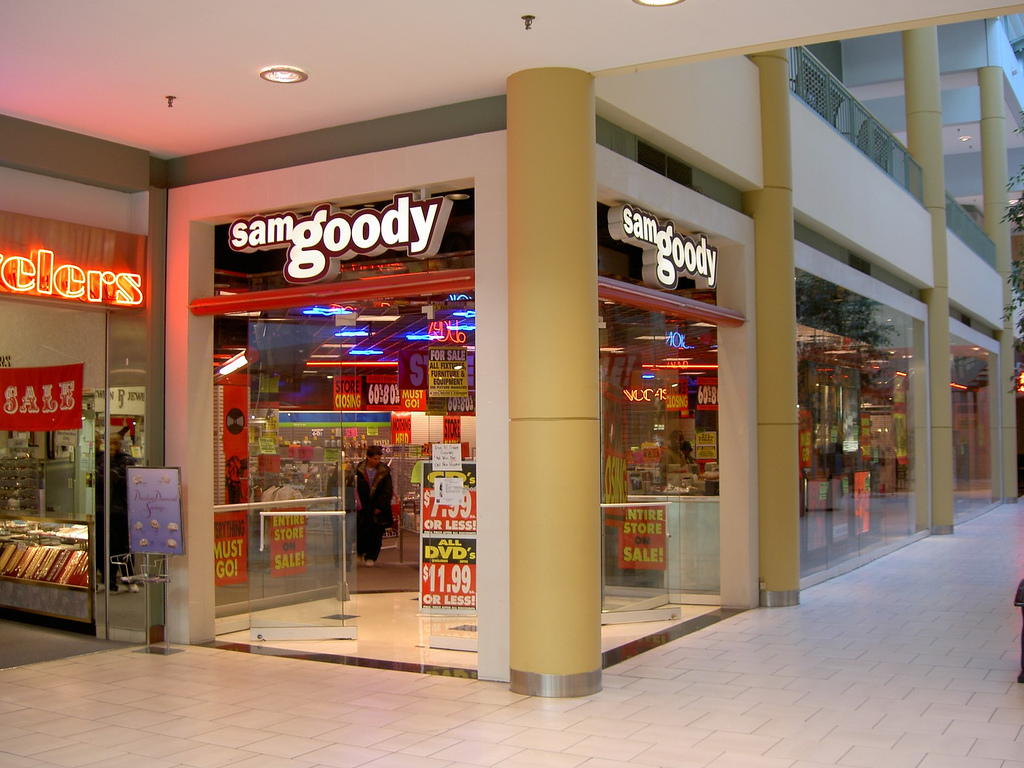
6. **Sam Goody**If you grew up in the 1980s and 1990s, Sam Goody was likely your musical sanctuary. It was “the go-to spot for music lovers in the ’80s and ’90s,” a vibrant haven where you could discover new artists, pore over album art, and eagerly await release day for your favorite band’s latest offering. The excitement of browsing rows upon rows of CDs, cassette tapes, and even vinyl records was an experience that truly defined an era of music consumption, connecting countless fans with their favorite artists.
The allure of Sam Goody wasn’t just in its extensive inventory; it was the entire atmosphere. The posters, the listening stations, the passionate staff who knew their music—it all contributed to a unique cultural experience. It was where you bought your first CD, meticulously saved up for that special album, or simply hung out soaking in the sounds, making it a cornerstone of mall culture where pop culture truly came alive through music.
However, as the millennium turned, the music industry faced a seismic shift. “The shift to digital music caused sales to plummet.” Sam Goody’s business model, heavily reliant on in-store purchases, became increasingly obsolete with the rise of illegal downloads and then legitimate platforms like iTunes and streaming services. By the early 2010s, “most locations were either closed or rebranded as FYE,” marking the end of an iconic retail chain that had shaped musical tastes for generations.
Read more about: 9 Critical Tire Pressure Myths Experts Want You to Stop Believing Now
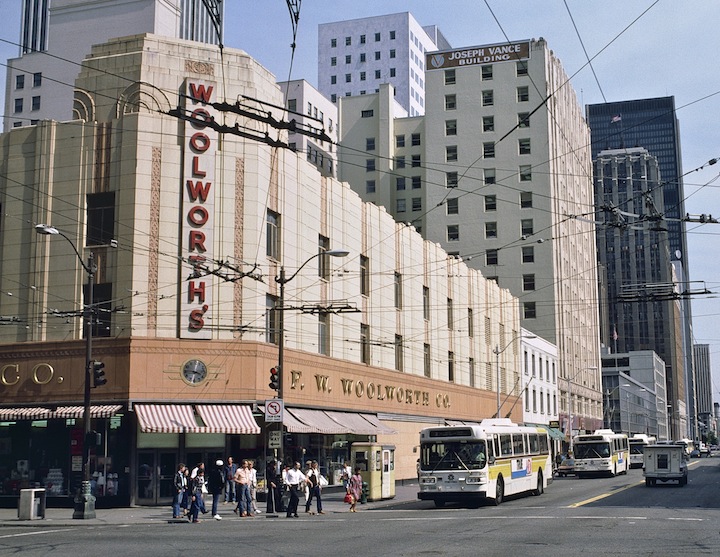
7. **Woolworth’s**Before the age of mega-stores and online shopping, there was Woolworth’s, a true “pioneer of the five-and-dime store” concept that revolutionized American retail. “Founded in 1879,” it transformed shopping by offering “fixed prices and self-service shopping,” making everyday goods accessible and affordable for the masses. It was a place where you could buy anything from sewing needles to school supplies, and its lunch counters became iconic social gathering spots, especially during the Civil Rights movement.
Woolworth’s incredible growth saw it “grew into the world’s largest department store chain by 1979,” a testament to its innovative approach and widespread appeal. Its distinctive red and gold signage was a familiar sight in towns and cities across the nation. The store was a cornerstone of Main Street, a bustling hub where families could find essential items and enjoy a simple meal, embodying a sense of community and reliability for generations.
However, despite its storied history, Woolworth’s “struggled to modernize as shopping habits evolved dramatically” in the latter half of the 20th century. The rise of discount department stores like Kmart and later Walmart, which offered even larger selections and lower prices, made it difficult for the five-and-dime model to compete. The brand found it challenging to adapt its vast, general merchandise approach to the changing demands of consumers.
Ultimately, Woolworth’s began to retreat from its general merchandise format in the U.S. In a significant strategic pivot, “its stores were rebranded as Foot Locker, though Woolworth’s still operates internationally in a different form.” Its “last U.S. store closed in 1997,” ending a 118-year legacy. This closure left behind indelible memories of affordable shopping, iconic lunch counters, and a foundational piece of American retail history.
Continuing our trip down memory lane, get ready to revisit some more retail legends that shaped our shopping experiences and hold a special place in our hearts. We’re diving deeper into the vault, exploring the enduring legacies of these unforgettable chains and giving a final farewell to the places that defined our consumer journey. Let’s keep the nostalgia train rolling!
Read more about: Seriously, Where Did They Go? A Nostalgic Trip Through 13 Iconic Brands That Vanished From Our Towns.
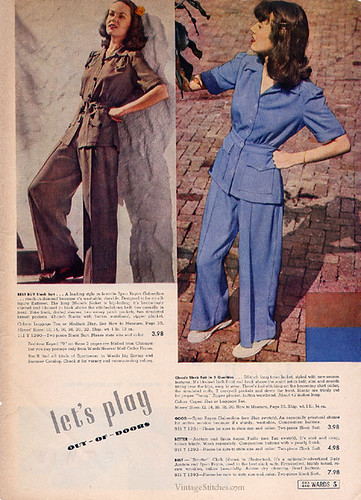
8. **Montgomery Ward**Before online shopping and even before many of today’s department store giants, there was Montgomery Ward, a true pioneer that fundamentally changed how America shopped. Can you imagine a world where you ordered practically everything from a catalog? Well, Montgomery Ward perfected that! Founded way back in 1872, it started as an innovative mail-order retailer, bringing goods directly to homes across the country, especially in rural areas.
This visionary approach allowed Montgomery Ward to thrive for over a century, becoming synonymous with convenience and affordability. Their iconic catalogs, often thick enough to serve as doorstops, were a household staple, eagerly awaited and thoroughly browsed. Later, they successfully expanded into brick-and-mortar stores, becoming a familiar presence in towns and cities and further cementing their place in the heart of American retail.
However, even giants can stumble. Despite its incredible legacy and widespread appeal, Montgomery Ward struggled to keep pace with the rapidly evolving retail landscape of the late 20th century. Attempts to modernize and compete with newer, more agile competitors weren’t enough. The company faced mounting financial pressures, eventually filing for bankruptcy in 2000.
This heartbreaking decision led to the closure of its remaining 250 stores, marking the end of a remarkable 128-year run in American retail history. While the catalogs and bustling stores are long gone, the memories of Montgomery Ward, a true trailblazer, live on in the stories of generations who shopped its pages and aisles. Talk about an end of an era!
Read more about: Why 2025 Compact Trucks Are Igniting Urban Interest: A Deep Dive for Savvy Buyers

9. **Tower Records**If you were a music fanatic in the 70s, 80s, or 90s, the name Tower Records probably conjures up a specific kind of magic. This wasn’t just a store; it was a pilgrimage site, a mecca for music enthusiasts where you could spend hours poring over albums, discovering new artists, and soaking in the vibrant atmosphere. Founded in 1960, Tower Records quickly grew into a global phenomenon, becoming the go-to spot for everything from vinyl to CDs.
Picture this: sprawling stores, often multi-storied, bursting with an insane selection of music, movies, and pop culture goodies. The knowledgeable staff, often musicians themselves, were always ready with recommendations, making the browsing experience truly special. It was where you bought your first concert tickets, found that rare import, or just hung out, feeling completely immersed in the culture of sound. Tower Records was, without a doubt, a cornerstone of music discovery for decades.
But then came the digital revolution, and boy, did it hit hard. The rise of illegal downloads, followed by legitimate online music stores like iTunes and, eventually, streaming services, completely upended the traditional music retail model. Tower Records, despite its passionate fanbase and iconic status, found it incredibly challenging to adapt to these seismic shifts.
Unfortunately, the pressures proved too immense. Tower Records filed for bankruptcy in 2006, leading to the closure of its beloved U.S. stores. The loss left a gaping hole in the hearts of music lovers everywhere, signaling the end of an era defined by physical albums and the communal joy of digging for musical treasures. While a few international locations cling on, the original Tower Records browsing experience is definitely a dearly missed relic.
Read more about: Beyond the Horizon: The Science and Soul of Why Classic Rock Reigns as the Undisputed Soundtrack for Your Next Road Trip

10. **KB Toys**For many of us who grew up with malls as our weekend hangouts, KB Toys was an absolute dream come true. It was often tucked away in shopping centers across the U.S., a vibrant, colorful oasis brimming with every toy imaginable. This wasn’t just a store; it was a destination, especially during birthdays and holiday seasons, promising endless possibilities for play and imagination.
Originally starting as a candy wholesaler in 1922, KB Toys eventually pivoted to what it was best known for: being a paradise for kids and parents alike. By 1999, it boasted an impressive 1,324 stores, becoming the second-largest toy retailer in the country. From action figures to board games, dolls to puzzles, KB Toys had it all, offering a tangible, magical experience that online shopping just can’t quite replicate.
However, even toy empires can face their challenges. KB Toys struggled with financial difficulties, particularly after a leveraged buyout left it with a mountain of debt. This, combined with fierce competition from larger retailers and the burgeoning e-commerce market, put immense pressure on the chain. The company filed for bankruptcy multiple times, first in 2004 and again in 2008.
Despite desperate attempts at revival, the writing was on the wall. By 2009, all KB Toys locations had closed their doors for good, leaving countless children and adults with a profound sense of loss. While there have been sporadic attempts to bring the brand back, the magic of those mall-based toy stores and the nostalgic memories they evoke remain a bittersweet reminder of a cherished childhood institution.
Read more about: 11 Effortless Ways to Cultivate Timeless Elegance in Your Home (No Renovation Required)

11. **Linens ‘n Things**Remember when you needed to outfit a new apartment, furnish a college dorm, or just wanted to spruce up your home with some fresh towels? Linens ‘n Things was probably at the top of your list! For years, this store was a major player in the home goods retail market, known for offering a vast selection of linens, bedding, bath essentials, and home decor that made nesting a breeze.
It was the go-to spot for everything from stylish curtains to kitchen gadgets, making it a favorite for wedding registries and those exciting first-home purchases. Shoppers appreciated the sheer variety and often found competitive prices, allowing them to transform their living spaces without breaking the bank. Linens ‘n Things truly helped make houses feel like homes across America.
However, the retail landscape can be a brutal place, and Linens ‘n Things found itself in a tough spot. Burdened by significant debt and struggling to keep up with intense competition from other home goods retailers and emerging online options, the company faced considerable financial woes. The nail in the coffin was the devastating 2008 recession, which hit consumer spending particularly hard.
Unable to recover from these pressures, Linens ‘n Things filed for bankruptcy and by the end of that challenging decade, all 571 stores across the U.S. and Canada had closed. The chain’s demise left a noticeable void in the home textiles market. While there was a brief attempt to revive it as an online-only retailer, that too ceased operations in 2018, leaving loyal customers disappointed and longing for the tangible experience of browsing its aisles for that perfect duvet cover.
Read more about: The Bedding Bailout: One Sleepover Horror Story That Proves Why Clean Sheets Are the Ultimate Escape Plan
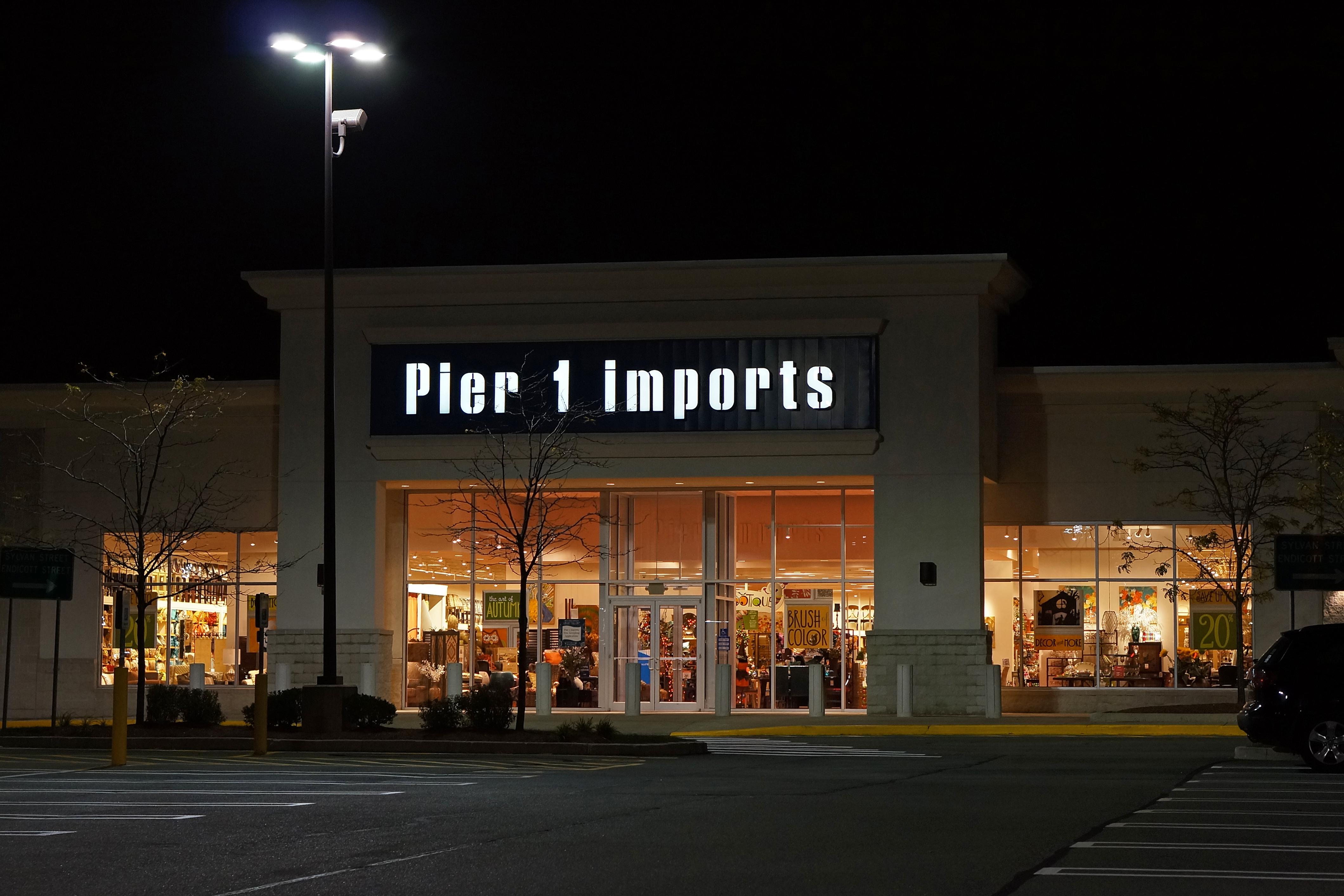
12. **Pier 1 Imports**Stepping into a Pier 1 Imports was always an adventure, wasn’t it? It was more than just a store; it was a sensory experience, a place where unique home decor, globally-inspired furniture, and exotic scents transported you to far-off lands. For decades, Pier 1 was the destination for those looking to add a touch of personality and eclectic charm to their living spaces.
From rattan chairs to vibrant throw pillows, intricate tapestries to artisanal dinnerware, Pier 1 curated a collection that stood apart from traditional home stores. Its distinct aesthetic and emphasis on handcrafted items made it a beloved spot for shoppers who wanted their homes to tell a story. It was the place where you could find that perfect, one-of-a-kind piece that sparked conversations.
But even the most distinctive brands aren’t immune to market shifts. Pier 1 Imports found itself struggling with declining sales and changing consumer preferences, especially as online furniture and decor retailers became more prevalent. The increasing ease of digital shopping made it harder for customers to justify a trip to a physical store for items they could find with a click.
Sadly, these challenges, exacerbated by the global pandemic, led Pier 1 Imports to file for bankruptcy in 2020. By October of that year, all physical stores had closed their doors, marking the end of an era for its iconic brick-and-mortar presence. While the brand has since been acquired by Retail Ecommerce Ventures and relaunched as an online-only retailer, many still miss the immersive, treasure-hunt experience of walking through a physical Pier 1 store.
Read more about: Beyond the Hype: Unearthing 14 Remarkable Yet Underrated Automotive Gems American Drivers Overlook

13. **Payless ShoeSource**Raise your hand if you bought your school shoes or that perfect pair of sneakers for gym class at Payless ShoeSource! For countless families across America, Payless was a beloved institution, the go-to for affordable footwear without sacrificing style or variety. Founded in 1956, it built an empire on the simple promise of making shoes accessible to everyone.
With thousands of locations worldwide, Payless became a household name. It was where parents could get durable shoes for growing kids, where you could find a trendy pair of heels for a special occasion, or simply grab everyday sneakers—all without breaking the bank. The self-service model and wide selection meant you could often find exactly what you needed, quickly and affordably.
However, the retail footwear market became incredibly competitive, and Payless struggled to keep up. The rise of fast-fashion retailers and massive online shoe stores, coupled with shifting consumer habits, put immense pressure on its business model. The company faced significant financial hurdles, eventually filing for bankruptcy not once, but twice, in the 2010s.
These struggles culminated in the heartbreaking decision to close all 2,100 of its North American stores by 2019, leaving a gaping hole in many communities. While a smaller version of Payless still operates internationally and the brand has proudly relaunched its e-commerce platform with ambitious plans to open 300-500 new stores in North America over the next five years, that original, ubiquitous Payless experience is still deeply missed. Fingers crossed for a triumphant comeback!

14. **Sharper Image**Remember when you wanted to find the coolest, most futuristic gadget that no one else had? Chances are, you headed straight to The Sharper Image. This store was like walking into a real-life sci-fi movie set, brimming with quirky electronics, high-tech novelties, and innovative products that truly captured the imagination. Founded in 1977, it became the ultimate destination for unique gifts and personal indulgences.
From those iconic massage chairs that offered a moment of mall relaxation to sleek air purifiers and remote-controlled gizmos, Sharper Image specialized in items that blended technology with a touch of luxury and fun. It was the place you went to browse, to dream, and sometimes, to splurge on something truly extraordinary. For tech enthusiasts and curious shoppers alike, it offered a window into the future of consumer goods.
Despite its undeniable popularity and innovative product selection, Sharper Image faced a challenging path. The company struggled with mounting litigation and increasing financial pressures, particularly as its unique product niche became saturated with more affordable competitors and the novelty of some items wore off. These issues ultimately led to its downfall.
In 2008, a year that saw many retailers struggle, Sharper Image filed for bankruptcy, and its physical stores, once beacons of technological wonder, eventually closed. While the brand has successfully transitioned to an e-commerce platform today, continuing to offer its signature blend of gadgets and gifts, many still fondly recall the excitement of visiting a physical Sharper Image store and discovering the next big thing.
Read more about: The Truth About Cooking Oils: Which Ones Fuel Inflammation and How to Make Healthier Swaps
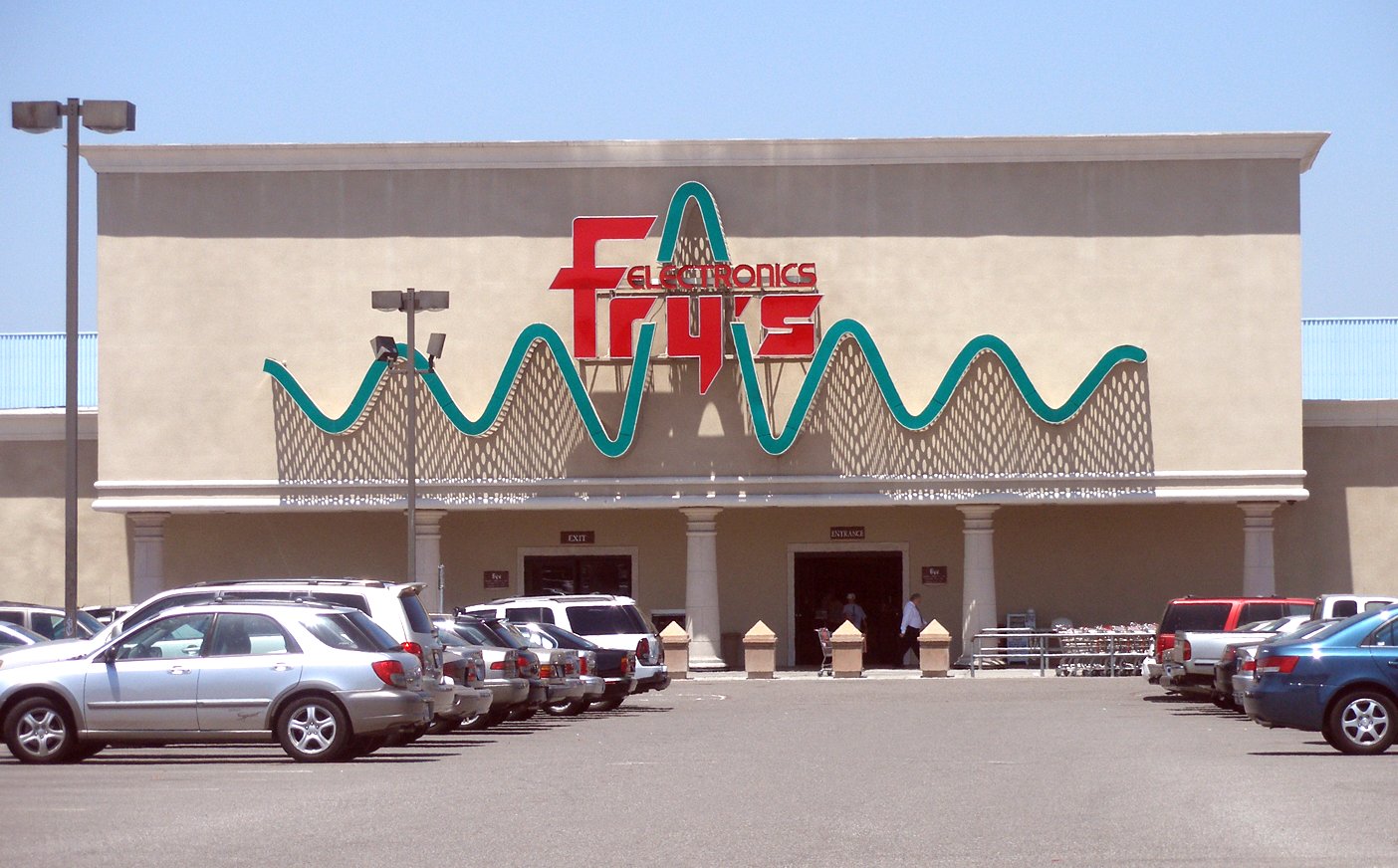
15. **Fry’s Electronics**If you were a tech enthusiast, a PC builder, or just someone who loved to wander through aisles of circuit boards and obscure cables, Fry’s Electronics was your personal theme park. This isn’t your average electronics store; it was legendary for its incredibly unique, often elaborate store themes, from ancient Egypt to a flying saucer crash site, which made every visit an unforgettable experience.
Fry’s was a true haven for Silicon Valley professionals, hobbyists, and gadget fans, offering an expansive inventory that went far beyond what most retailers could dream of. We’re talking everything from individual computer components and software to home appliances and even snacks for your late-night coding sessions. It was the place you could find literally *any* part you needed, or just marvel at the sheer scale of the tech on offer.
However, even with its dedicated following and distinctive flair, Fry’s Electronics couldn’t escape the challenges of the modern retail world. The digital shift meant more people were buying specialized components online, and the rise of massive e-commerce platforms severely impacted its brick-and-mortar sales. Compounded by internal management issues and significant supply chain problems, the company found itself in an increasingly unsustainable position.
Sadly, after 36 years of serving the tech community, Fry’s Electronics announced its closure in 2021, shuttering all 31 stores overnight. Its demise marked the end of a truly beloved era for gadget fans and left a void that no ordinary electronics store can fill. Fry’s wasn’t just a place to buy tech; it was an experience, a community, and a quirky landmark that will forever be missed.
Read more about: 12 Smart Home Products That 15 Security Experts Say Demand Your Immediate Attention
And just like that, our journey through the retail ghost towns comes to a close! It’s wild to think how many places that felt so essential to our lives are now just memories, isn’t it? These stores weren’t just buildings; they were backdrops to our childhoods, our first jobs, our big purchases, and countless shared moments. They shaped our towns, defined our shopping habits, and for better or worse, taught us that even the biggest names can become a part of history. Here’s to remembering the places that, even in their absence, continue to influence the way we think about shopping and community. What a trip down memory lane!



